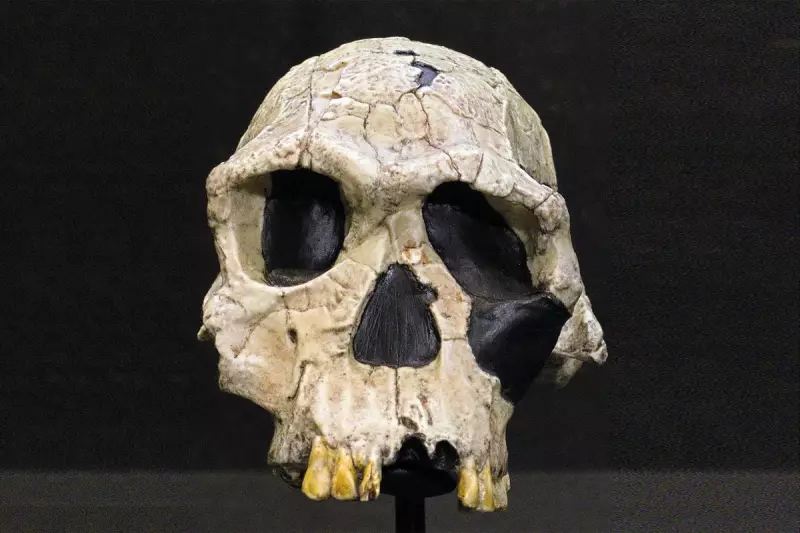
In a discovery that fundamentally reshapes our understanding of human origins, scientists have uncovered compelling evidence that two key ancestral species once walked the Earth at the same time, rather than one evolving directly from the other as previously believed.
A Revolutionary Timeline
The long-standing theory that Homo erectus evolved directly from Homo habilis has been dramatically overturned by fossil evidence from Kenya's Koobi Fora region. Analysis of jaw and skull fragments reveals these two human ancestors co-existed for nearly half a million years in East Africa.
The Key Evidence
Researchers from University College London made their breakthrough examining:
- A 1.44-million-year-old Homo habilis jawbone
- An iconic 1.55-million-year-old Homo erectus skull
- Multiple specimens from the same geological period
This temporal overlap suggests a much more complex evolutionary picture than the simple linear progression scientists had long accepted.
What This Means for Human History
Professor Fred Spoor, who led the research, explains: "Their co-existence makes it unlikely that Homo erectus evolved from Homo habilis. Instead, both species must have had their own distinct ecological niches, avoiding direct competition."
The discovery paints a richer picture of our evolutionary past, where multiple human species shared the landscape, each adapting to different environmental challenges and opportunities.
Scientific Implications
This finding challenges the traditional 'single lineage' view of human evolution and suggests our family tree is more like a branching bush than a straight line. It opens new questions about how these early humans interacted, competed, and ultimately shaped the course of human history.





